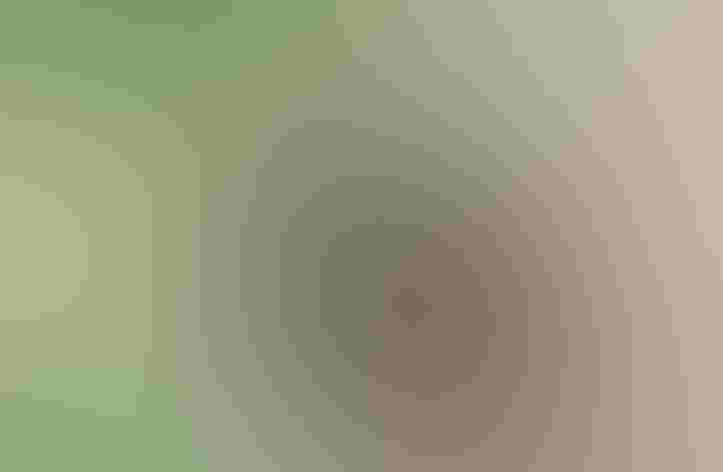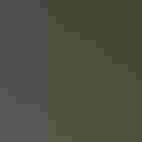Cassin’s Auklet
At a Glance
A small, dark seabird, nesting on islands along the Pacific Coast from Alaska to Mexico. Sociable at all seasons, feeding in flocks at sea and nesting in large colonies. Its small size makes it vulnerable to predators, so it visits its nesting colonies mainly under the protection of darkness. A Cassin's Auklet colony at night may resound with the squealing and peeping of the birds in their burrows.
All bird guide text and rangemaps adapted from Lives of North American Birds by Kenn Kaufman© 1996, used by permission of Houghton Mifflin Harcourt Publishing Company. All rights reserved.
Category
Auks, Murres, Puffins, Upright-perching Water Birds
IUCN Status
Near Threatened
Habitat
Coasts and Shorelines, Open Ocean
Region
Alaska and The North, California, Northwest
Behavior
Direct Flight, Rapid Wingbeats, Swimming
Population
3.600.000
Range & Identification
Migration & Range Maps
Northern birds apparently move south in winter, but details not well known. Southern breeders may remain close to colony site all year.
Description
8-9" (20-23 cm). Small, compact, and dark. Pale spots above and below eye and on base of bill, visible at close range. Whitish belly is visible only in flight. Flying birds look stubby and dingy, with fast fluttery wingbeats. All of the murrelets look stronger in flight.
Size
About the size of a Robin
Color
Brown, Gray, White
Wing Shape
Pointed, Short
Tail Shape
Short
Songs and Calls
Weak croaking calls given at night.
Call Pattern
Flat, Undulating
Call Type
Odd
Habitat
Ocean; colonizes sea islands. May use any kind of island for nesting (barren or forested, steep or level) as long as no predatory mammals are present. Otherwise at sea, often near nesting islands or in upwellings over continental shelf, but also far out over deep water.
Sign up for Audubon's newsletter to learn more about birds like the Cassin's Auklet
Behavior
Eggs
One. Creamy white, sometimes becoming nest-stained. Incubation is by both sexes, usually 38-39 days, sometimes as long as 57 days.
Young
Both parents visit at night to feed young by regurgitation. Young bird nibbles at white spot on parent's bill to elicit feeding. At 41-50 days after hatching, young make first flight and go to water, able to swim and dive immediately. Usually 1 brood per year, sometimes 2.
Feeding Behavior
Forages while swimming underwater. May feed by day or night. Can dive to more than 120' below surface.
Diet
Mostly small crustaceans. Diet in breeding season includes euphausiid shrimp, amphipods, copepods, some small fish and squid; diet at other seasons not well known.
Nesting
Usually first breeds at age 3 years, sometimes earlier. Pairs usually form in late winter. Courtship displays include mutual bowing and head-bobbing, moving head from side to side, touching bills. Nest site is in burrow excavated in soil or in natural crevice, sometimes under debris or driftwood. Both members of pair take part in excavating burrow. Little or no nest material added. Nest re-used in following years by same pair.
Conservation
Conservation Status
Still abundant in parts of range (especially islands off British Columbia), but has disappeared from many former breeding islands in Alaska and elsewhere because of introduction of foxes or other predators. Vulnerable to disturbance on nesting islands, and to oil spills and other pollution at sea.
Climate Threats Facing the Cassin's Auklet
Choose a temperature scenario below to see which threats will affect this species as warming increases. The same climate change-driven threats that put birds at risk will affect other wildlife and people, too.





